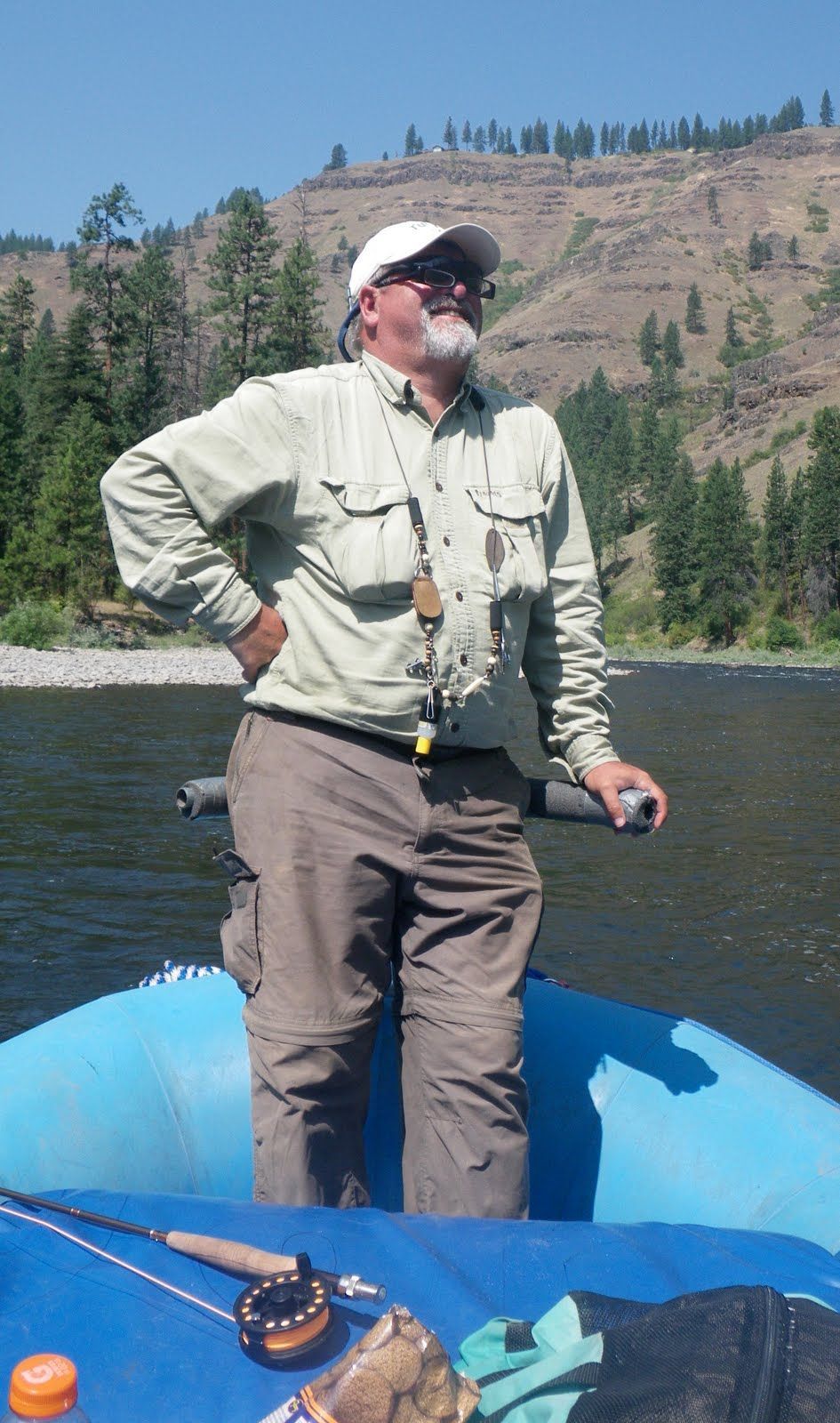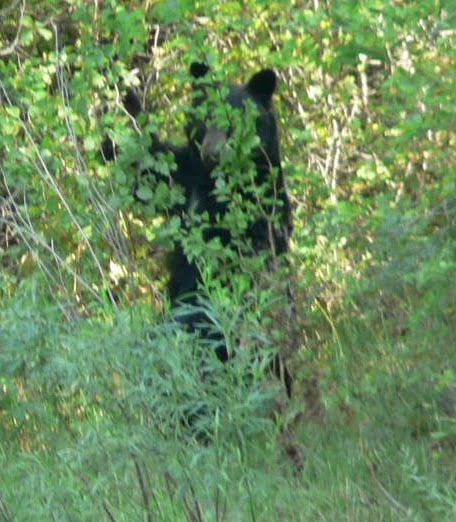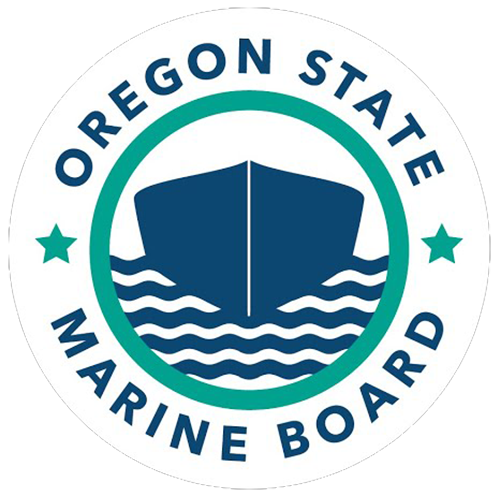Trout Fishing on the Grande Ronde

Key Takeaways
- Mending is crucial for success in fly fishing. Adjusting your fly line to prevent drag helps your fly look natural on the water—essential for fooling trout on rivers like the Grande Ronde.
- The Grande Ronde River offers both challenge and beauty. With Class II–III rapids, forested campsites, and wildlife sightings like black bears, it’s a rewarding destination for anglers and adventurers alike.
- Low water levels can affect float trips. When flows drop below 800 cubic feet per second, expect to drag boats through shallow stretches, making timing and preparation key.
- Steelhead season brings new opportunities. The Grande Ronde transitions from summer trout fishing to prime steelhead action in the fall, drawing anglers back year after year.
- Learning from experienced guides enhances the experience. Expert guidance—like that from local anglers or outfitters such as Winding Waters River Expeditions—can accelerate your fly fishing skills and deepen appreciation for the river.
‘Mend!…mend!…’
Flyfishing is easily one of the hardest complicated simple activities I’ve tortured myself trying to get good at. It hasn’t been going all that well, but thanks for asking.
I am slowly improving, thanks to Jim Hepworth, who tutored me on the Grande Ronde River last week. Jim kindly (mend!…) offered advice and (mend!….) pointers while observing my casting and fishing attempts.
To mend a flyline is the act of adjusting its position on the water so you’re not dragging the fly across the water. This dragging tips the fish off that what they’re seeing is not food.
Apparently I don’t mend often or well enough. But I’m trying to mend that.
Jim is an English professor I met at Fishtrap, the writing conference held out here in Wallowa County. Here’s why I like the guy and tolerate him yelling at me to mend:
Years ago, I rode along with him while he checked in on local writers who had projects they were supposed to be sending him. Hepworth is also a publisher at a small press, aside from professing English.
So. The publishing industry is tough to break into. No surprise there. Writers try and try to get editors to look at their manuscripts, but many editors prefer manuscripts that come to them via literary agents. Literary agents desire writers who are established. Hence, much banging of heads on walls and talk of Catch 22s.
Getting an editor to consider your book is a coup. Hepworth was banging on the front doors of writers, yelling, “I know you’re in there…I’m still waiting for that book….”
Unheard of.
I should mention here that these were special cases and you should not flood this guy with book proposals. He’ll just tell you to mend, in my experience.

So we had an all-around pleasant float down the Grande Ronde. Oh yeah, and we saw some bears. Water level is getting down there. It was running in the 800 cubic feet per second neighborhood last I checked. That’s on the low end. Beyond that, you start dragging your boat over the skinny spots.
The GR is kind of our backyard river, close to home, and absolutely worth checking out if you haven’t seen the Wild and Scenic stretch with big, forested campsites and fun Class II and III rapids.
I look forward to getting back down there in the fall for steelhead season. And I’ll be ready to mend. Glad we squeezed in one last summer float, though. Thanks, Grande Ronde.
Frequently Asked Questions
This page explores trout fishing on the Grande Ronde River — a mix of fly-fishing insights, local river conditions, and the author’s personal experience learning to “mend” a fly line.
Where is the Grande Ronde River located?
The Grande Ronde River flows through northeast Oregon and southeastern Washington. It’s known for its wild scenery, forested campsites, and stretches of Class II and III rapids, making it a favorite for anglers and rafters alike.
What makes trout fishing on the Grande Ronde special?
The Grande Ronde offers a remote, scenic experience with healthy trout and steelhead runs. Anglers enjoy clear water, manageable rapids, and a mix of solitude and wildlife — including the occasional bear sighting. It’s a true Pacific Northwest gem for fly-fishing enthusiasts.
What does “mending” mean in fly fishing?
“Mending” is adjusting the fly line’s position on the water to prevent it from dragging the fly unnaturally. Proper mending ensures a smooth drift, making the fly appear more lifelike and increasing your chances of hooking a trout.
Why is mending important when fly fishing?
If you don’t mend properly, your fly drags across the surface and looks fake to fish. A good mend keeps your line floating naturally with the current, helping your fly drift freely and improving your presentation.
What is the ideal water flow for fishing the Grande Ronde?
In the article, the river was flowing around 800 cubic feet per second — on the low side but still floatable. Below that, expect to drag your raft over shallow spots. Always check current flow levels before your trip for safe, optimal fishing.
When is the best time to fish the Grande Ronde?
Summer and fall are prime times. Summer offers pleasant floats and trout fishing, while fall brings the famous steelhead season. Cooler temperatures and rising flows make late September through November ideal for targeting big steelhead.
What types of fish can you catch on the Grande Ronde?
The Grande Ronde is home to native trout and steelhead. Anglers often start with trout during the summer and return in the fall for the renowned steelhead run — one of the highlights of the Pacific Northwest fly-fishing calendar.
What gear is recommended for trout fishing on the Grande Ronde?
A standard fly rod (4–6 weight), floating line, and a good selection of nymphs, streamers, and dry flies work well. Waders aren’t always needed if you’re floating, but polarized glasses and proper line management — especially mending — are essential.
Are there guided trips available on the Grande Ronde?
Yes. Local outfitters like Winding Waters River Expeditions offer guided fly-fishing and rafting trips. These guides provide expertise on reading the river, proper casting, and navigating rapids, making the experience enjoyable for both beginners and seasoned anglers.
What wildlife might you see while fishing the Grande Ronde?
The Grande Ronde’s wild setting means you might encounter black bears, deer, eagles, and other native wildlife along the riverbanks. It’s a beautiful, remote environment where fishing and nature come together.
The post Trout Fishing on the Grande Ronde appeared first on Winding Waters River Expeditions.





